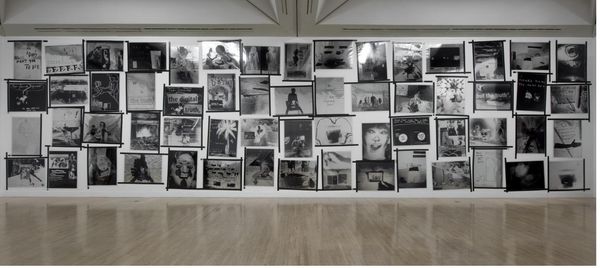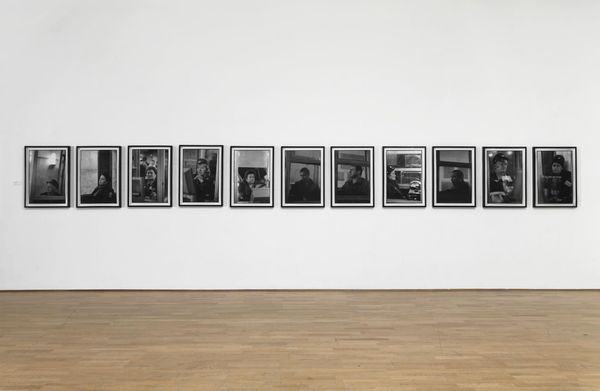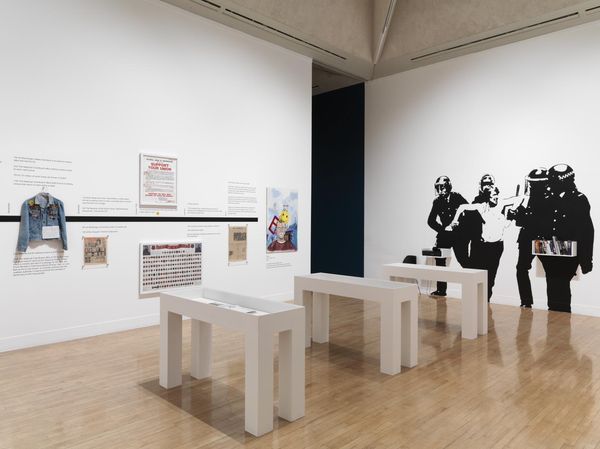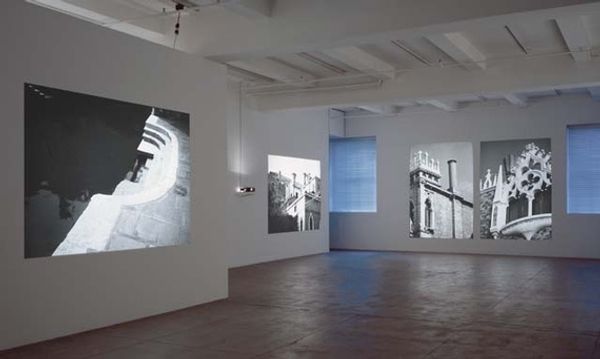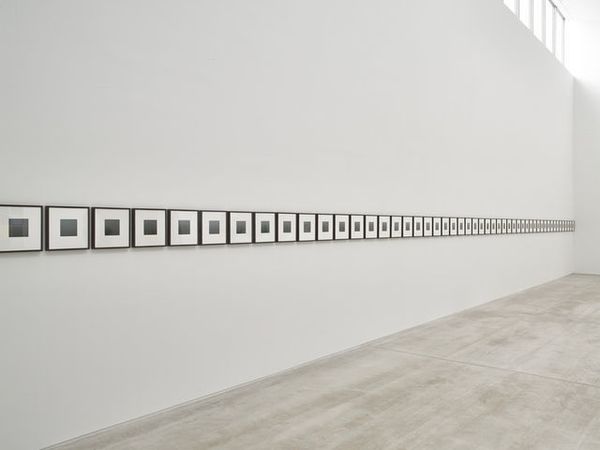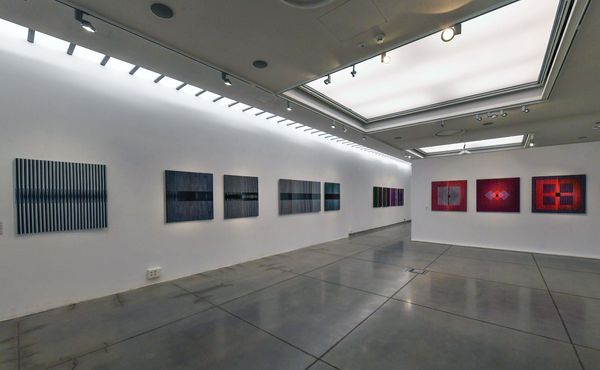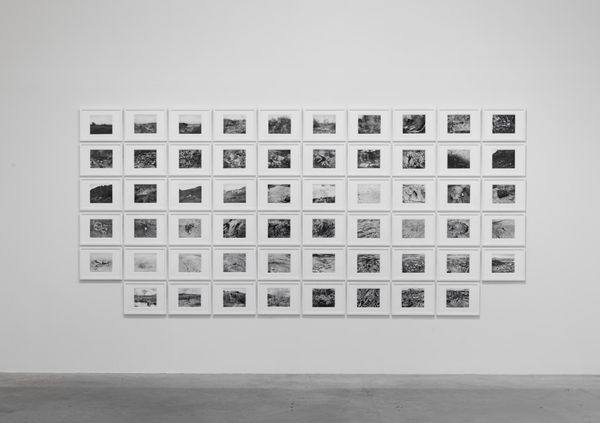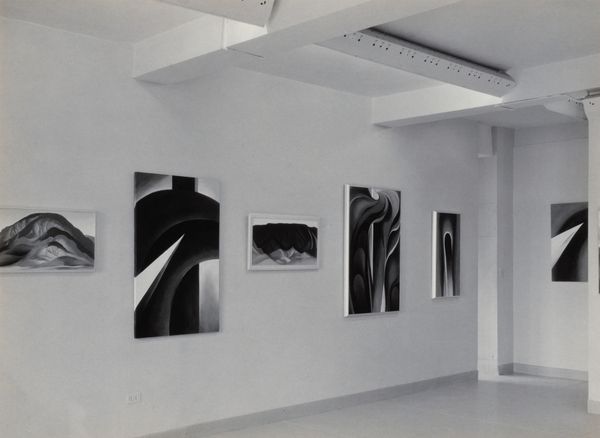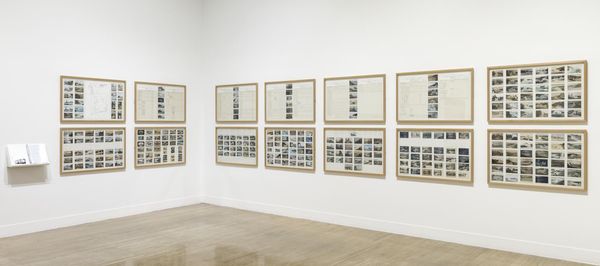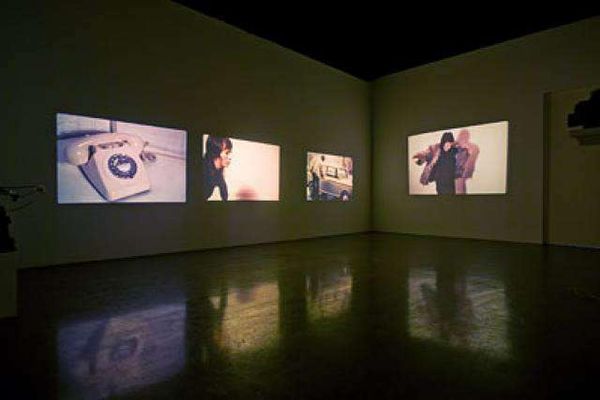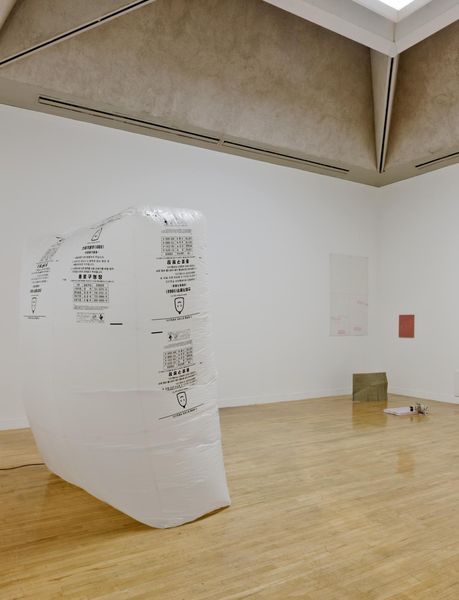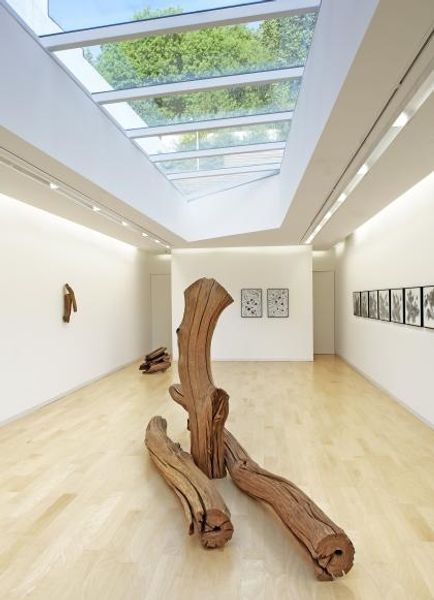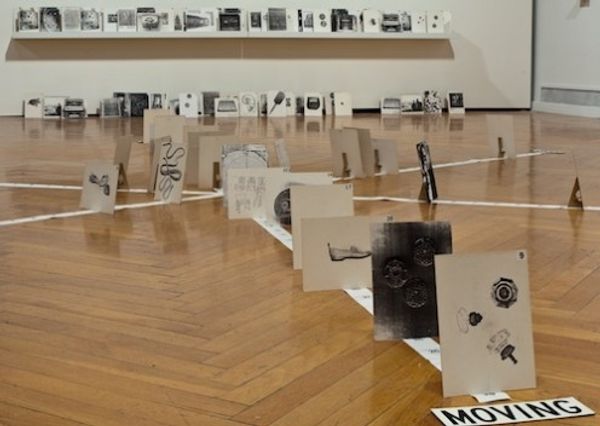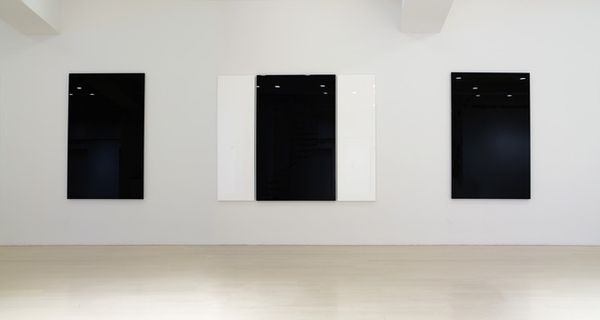
Dimensions: support, each: 688 x 540 x 28 mm
Copyright: © Gerhard Richter | CC-BY-NC-ND 4.0 DEED, Photo: Tate
Editor: So, these are forty-eight portraits by Gerhard Richter, and they are stark! The sheer number of faces in this simple medium feels… intense. What do you make of this sea of faces? Curator: It’s a fascinating work! For me, Richter's use of seemingly identical portraits raises questions about individuality versus collective identity. Are these specific people, or archetypes? It’s like staring into a crowd and searching for something familiar, or maybe something unsettling. What do you feel when you look at them? Editor: I feel a little overwhelmed! But now that you mention archetypes, I'm considering how they represent different aspects of society, or history. Curator: Exactly! Perhaps Richter invites us to ponder the weight of history and its impact on our present selves. It's less about who they *are*, and more about what they *represent*. Editor: I see, so the individual faces become almost secondary to the collective impact and the ideas behind it all. Thanks, that really shifts my perspective.
Comments
Join the conversation
Join millions of artists and users on Artera today and experience the ultimate creative platform.
tate 6 months ago
⋮
Gerhard Richter’s 48 Portraits is a series of forty-eight black and white photographs. The photographs are facsimiles of Richter’s 1972 series of oil paintings of the same name. The photographs and original paintings feature portraits of forty-eight men. There is a slight variation in the scale of the figures depicted, but in every image only the head and neck of the subject is portrayed. All of the subjects are dressed formally and in many cases the collars of their shirts and jackets are evident. In just over half of the portraits the top of a necktie is also visible, and thirteen of the subjects are depicted wearing glasses. The original oil paintings were intended to resemble soft-focus, black and white photographs. As a result, the complexions of the forty-eight individuals portrayed appear uniform. Subjects of the portraits include, amongst others, Albert Einstein, Ilich Tchaikovsky, Oscar Wilde, Thomas Mann, and Franz Kafka. The subjects, all born between 1824 and 1904, are white central European and North American males prominent in the fields of literature, science, philosophy, and music. The portraits were originally presented in a row and ordered according to the orientation of the figures’ heads. The gazes were arranged facing from the centre to the left and from the centre to the right, with the only portrait portraying a figure facing directly forward – that of Franz Kafka – situated in the centre.
